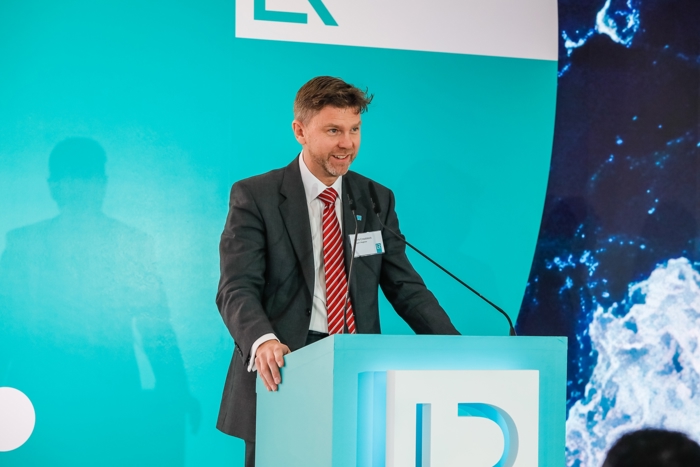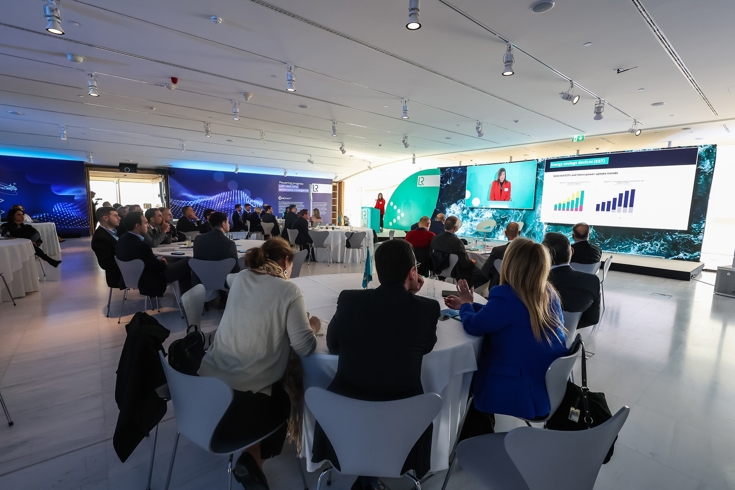In a world of increasing uncertainty, decisions can be difficult to make. The shipping industry – with FuelEU just around the corner and further announcements expected from the IMO in April relating to fuel standards and pricing – is having to make energy efficiency investment decisions with limited understanding of future fuel supply chain networks, the efficacy of available technologies, or a schedule to reach net zero. Meanwhile, an ageing fleet, limited yard capacity and insufficient human resources – both in yards and at sea – further complicate decision-making rationale.
With so little clarity around how net zero will be achieved, there is a significant amount of risk, financially, commercially and operationally. When major change is introduced on a ship, there are numerous aspects that need to be considered which could all add risk. Energy producers and consumers, the associated supply chains, investors, insurers, regulators, class societies and governments – all have critical, but different and highly inter-related roles to play within the transition.
Shipping’s relationship to risk, and how it’s shared amongst stakeholders, was a key topic of debate at an LR event in Athens earlier this month. LR experts and the Greek shipping community sat down together to consider how the industry must evolve, and how relationships between stakeholders should be re-evaluated, so that a compliant and commercially attractive fleet that is ready for 2030 and beyond can be developed.
Speaking at the event, David Lloyd, Energy Transition Director at LR, noted that whilst uncertainties around bigger challenges such as alternative fuels and future requirements are resolved, energy saving devices (ESDs) and digital solutions can support the commercial viability of vessels as we approach 2030 “with often surprisingly low levels of investment.” The responsibility of “investing in and driving the uptake of new solutions must be borne by all relevant stakeholders, not only shipowners and financiers,” he added.
LR’s Global Strategic Growth Director and VP Greece and Cyprus, Elina Papageorgiou agrees. “We are in a new era of shipping that comes with a different set of rules,” she told delegates, “including shipping companies’ approaches to risk and risk sharing. Longer-term investment decisions should also be informed by the decisions of shipping’s clients’, clients – the cargo owners – and align with their emissions reduction ambitions.”
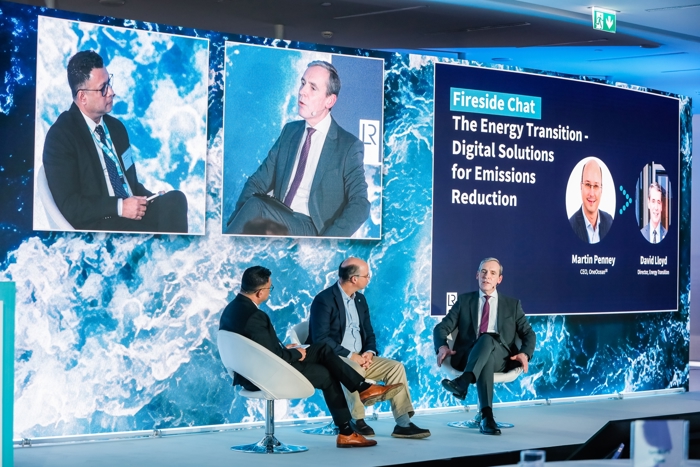
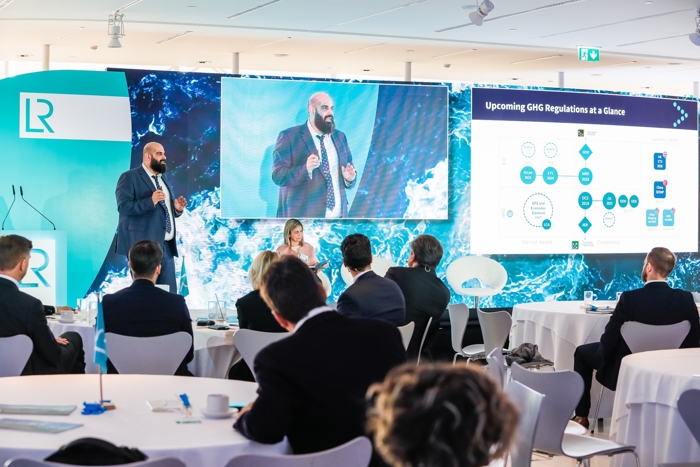
The room took the view that ESDs, such as wind-assisted propulsion systems (WAPS), digital solutions and smart operations should all be considered by the in-service fleet that are currently using traditional fuels seeking to shave fuel consumption to comply with IMO’s Carbon Intensity Indicator, EU ETS (Emissions Trading Scheme) and FuelEU regulations – the latter will which be in effect as of 1 January 2025.
Theo Kourmpelis, LR strategic business partner, noted shipping companies’ ability to comply with future regulations frin UNI regarding mid-term measures will likely become more difficult, as the required “reduction pathway will likely be more ambitious than FuelEU,” he noted. And as emissions reduction targets increase, data-led insight and scenario planning will become more important to understand where efficiencies can be gained.
It’s data-sharing time
There are numerous ways that digital tools can provide clarity in these times of uncertainty and change, said Martin Penney, CEO of LR OneOcean, who noted that quality data-driven scenario planning can verify savings gained through ESDs, and this information can be used to inform charter party agreements and capital investment of expensive technologies. “Sharing data within key stakeholder groups will be fundamental to determine and assess return on investment and attract financing,” said Penney.
Delegates also considered the additional dynamic of carbon pricing and what it is going to cost them. These additional costs shift decision making and influence how return on investment (ROI), CAPEX (Capital) and OPEX (Operational) expenditure are calculated. Again, data-driven insights can help, and Penney believes that performance and voyage management software “will become fundamental to understanding this, bringing clarity to how ships are managed, from their exposure to financial risk with EUAs under EU ETS to ship and fleet pooling arrangements in FuelEU.”
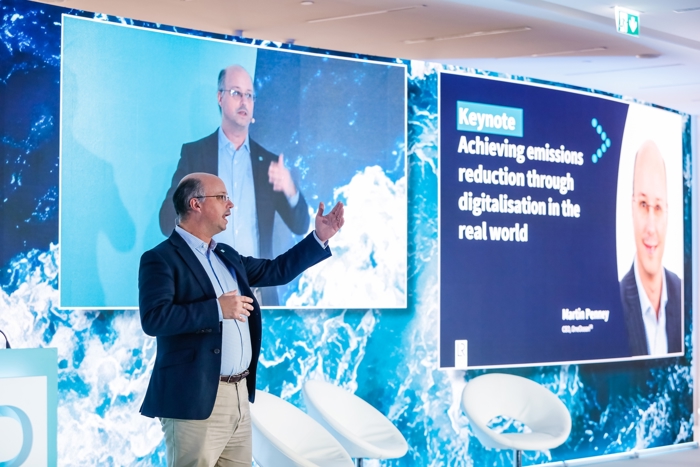
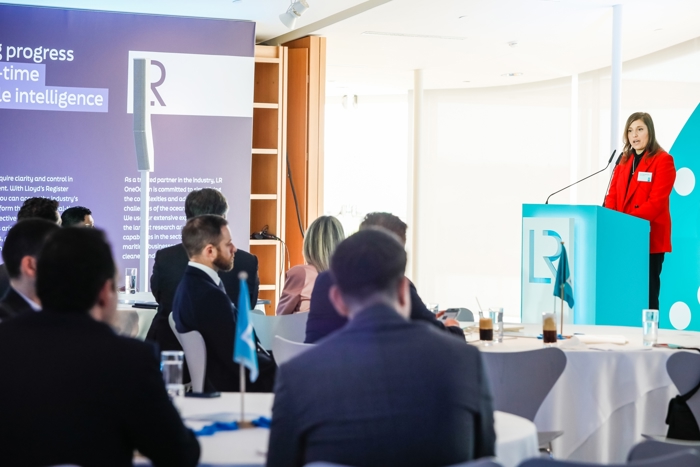
Meanwhile, yard availability was highlighted as a potentially limiting factor in the uptake of both ESDs and engine retrofits. If installation of ESDs over the next 10 years continue at the same pace of the last five years, 8,000 to 9,000 ships will be retrofitted by 2030, revealed Papageorgiou. “With less than 200 yards with a history of carrying out ESD retrofits in the last five years, competition for yard slots will be significant, whilst yards suitable for newbuilds will prioritise these orders over less profitable ESD retrofits, leaving only a few repair yards with relevant experience,” she said.
Similarly, yard expertise for engine retrofits is not sufficient to meet anticipated demand. Current capacity is around 300 engine retrofits a year across 26 yards, with access to a skilled workforce to carry out these retrofits a growing challenge.
Dr Chris Craddock in LR’s Advisory team, shared LR data that revealed that as much as 15% of a ship’s emissions is produced by supporting equipment, such as engine cooling systems, fuel pumps, air conditioning and lighting. Solutions to reduce these emissions, are often easier, safer, and cheaper to fit than other solutions and offer a good return on investment with low risk.
All aspects of a ship, it’s operations and how it is managed will need to be assessed to ensure it is as efficient as possible, but investments to achieve sufficient levels of efficiency cannot be borne by shipowners alone, said Lloyd.
“Smart vessel operation and well-informed, data-led investment decisions can significantly support vessel compliance. What’s more, investments don’t have to be extensive to achieve results. But they do have to be shared if the industry is to progress towards emissions free sailings.”
